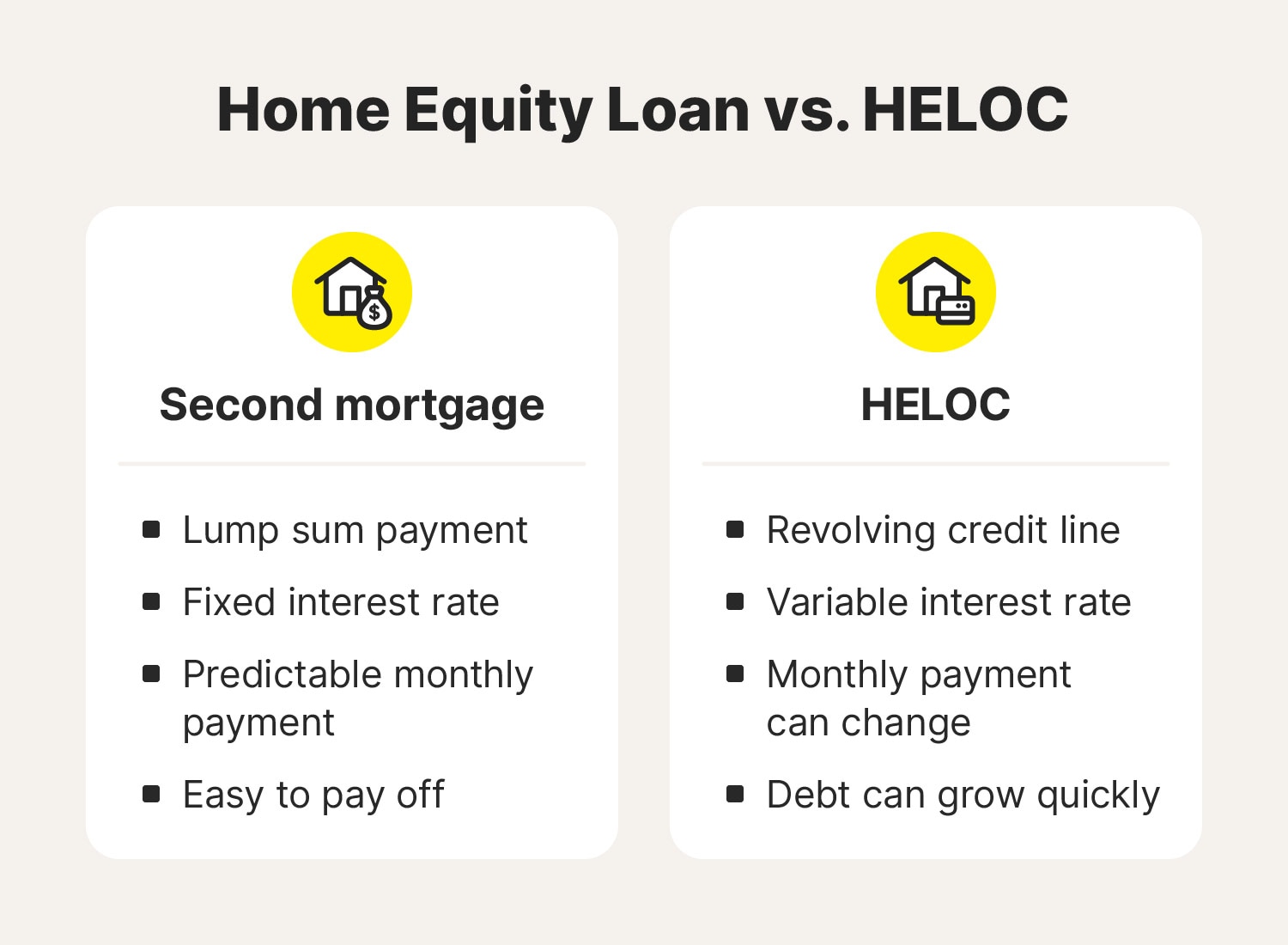Exploring the Different Kinds Of Equity Release Mortgages Available Today
Equity Release home loans present different choices for homeowners aged 55 and over. equity release mortgages. These economic products accommodate different demands and preferences, permitting people to gain access to funds from their property. From lifetime home mortgages to common recognition mortgages, each type offers distinct benefits. Comprehending these choices is essential for making notified decisions. What variables should one think about when choosing the most appropriate equity Release strategy? The information that adhere to might shed light on this essential subject
Comprehending Equity Release Mortgages
Equity Release home mortgages provide home owners, normally those aged 55 and over, with a way to access the value locked up in their building without needing to market it. This financial alternative enables individuals to transform a section of their home equity right into money, which can be utilized for numerous objectives, such as home renovations, paying off debts, or funding retirement.Equity Release can take various kinds, however it fundamentally entails borrowing against the value of the home while keeping possession. Property owners can select to receive a round figure or a collection of smaller repayments, depending upon their financial demands and preferences.Additionally, the amount available for Release is affected by the residential property's worth, the homeowner's age, and certain lending institution criteria. In general, comprehending equity Release home mortgages is necessary for homeowners to make informed choices concerning touching right into their home's equity while thinking about the long-term ramifications.
Lifetime Mortgages
Life time home loans stand for one of one of the most popular forms of equity Release. This economic product enables house owners, commonly aged 55 or older, to obtain versus the value of their residential or commercial property while keeping ownership. The funding, which is protected against the home, builds up interest over time but does not call for month-to-month repayments. Rather, the loan and accrued passion are paid off when the homeowner passes away or moves right into long-lasting care.Lifetime home loans supply flexibility, as consumers can pick to get a round figure or choose a drawdown facility, accessing funds as needed. Notably, lots of plans featured a no-negative-equity assurance, making sure that customers will never ever owe greater than the worth of their home. This function offers assurance, enabling people to enjoy their retired life without the anxiety of depleting their estate. In general, life time mortgages serve as a practical choice for those seeking financial backing in later life.
Home Reversion Program

Drawdown Life Time Mortgages
While many home owners seek ways to access their wealth, drawdown lifetime home loans present a versatile choice that permits individuals to Release funds gradually. This sort of equity Release home mortgage allows home owners to borrow against the worth of their property while maintaining possession. Unlike traditional lifetime mortgages, drawdown strategies allow debtors to access a section of their equity upfront and take out additional funds as needed, up to an established limit.This feature can be especially helpful for those that want to manage their financial resources very carefully, as it decreases rate of interest build-up by only charging interest on the amounts attracted. In addition, drawdown life time home mortgages often include a "no unfavorable equity assurance," guaranteeing that borrowers will never owe more than their home's worth. This option fits retired people who want economic safety and flexibility, allowing them to fulfill unforeseen expenditures or maintain their way of living without needing to offer their home.
Enhanced Lifetime Mortgages
Boosted Lifetime Home loans offer distinctive benefits for qualified homeowners seeking to Release equity from their residential or commercial properties. Understanding the qualification requirements is vital, as it determines that can take advantage of these specialized car loans. It is also essential to evaluate the prospective downsides connected with boosted alternatives, making sure an all-around viewpoint on their use.
Eligibility Standards Discussed
Understanding the qualification requirements for Enhanced Life time Mortgages is important for possible applicants seeking to access the equity in their homes. Commonly, applicants should be aged 55 or older, as this age need is common in the equity Release market. Property owners need to possess a property valued at a minimal threshold, which can vary by loan provider. Notably, the residential or commercial property must be their main home and in excellent problem. Lenders frequently evaluate the property owner's wellness standing, as certain health conditions may improve qualification and advantages. In addition, candidates should not have existing considerable financial debts safeguarded versus the residential or commercial property. Satisfying these standards permits individuals to check out Improved Lifetime Home loans as a viable choice for accessing funds connected up in their homes.
Benefits of Enhanced Mortgages
After clarifying the eligibility requirements, it ends up being apparent that Enhanced Lifetime Mortgages provide several substantial benefits for house owners seeking to take advantage of their residential or commercial property equity. Primarily, they provide accessibility to a bigger funding quantity contrasted to typical lifetime home mortgages, profiting those with wellness problems or age-related aspects that boost their life span danger. This improved borrowing capacity enables property owners to fulfill different economic requirements, such as home improvements or retirement costs. Additionally, these home mortgages normally feature flexible repayment options, allowing consumers to handle their finances extra successfully. The no-negative-equity assurance better ensures that property owners will certainly never owe even more than their property's value, providing comfort. Generally, Enhanced Lifetime Home mortgages provide an engaging option for qualified house owners seeking economic services.
Possible Drawbacks Thought About
While Enhanced Life time Home mortgages use many advantages, possible drawbacks require mindful consideration. One substantial issue is the influence on inheritance; the equity released decreases the worth of the estate delegated recipients. In addition, these mortgages can accumulate significant passion with time, causing a substantial financial obligation that might go beyond the initial finance quantity. There may also be limitations on residential or commercial property alterations or rental, limiting property owners' versatility. Boosted items often require specific health conditions, implying not all property owners will certify. go now Ultimately, taking care of the costs and costs connected with these mortgages can be intricate, possibly causing unexpected expenses. Consequently, people should thoroughly examine their circumstance and speak with financial consultants prior to proceeding.
Shared Appreciation Home Mortgages
Shared Recognition Mortgages stand for a distinct economic setup that permits property owners to accessibility equity while sharing future residential or commercial property value raises with the loan provider. This approach supplies prospective advantages such as lowered regular monthly settlements, however it also includes downsides that have to be very carefully considered. Comprehending the eligibility requirements is crucial for those thinking about this option.
Idea Summary
Equity Release home loans, particularly in the type of common admiration mortgages, use property owners an one-of-a-kind economic solution that enables them to access funds by leveraging the worth of their residential or commercial property. In this setup, a lender supplies a car loan to the homeowner, which is usually settled with a share of the residential property's future appreciation in value. This implies that when the house owner markets the residential or commercial property or dies, the lending institution obtains a percentage of the boosted worth, as opposed to simply the first lending amount. Shared recognition home loans can be appealing for those aiming to supplement their revenue or money significant expenditures while retaining ownership of their home. However, the financial implications of shared appreciation should be thoroughly taken into consideration by prospective customers.
Disadvantages and benefits
Although shared appreciation home loans can supply significant financial advantages, they additionally include notable drawbacks that possible consumers must think about. These home mortgages enable property owners to accessibility equity in their residential or commercial properties while sharing a part of any kind of future gratitude with the lending institution. This setup can be advantageous during times of climbing residential property worths, offering considerable funds without regular monthly repayments. However, the primary disadvantage is the prospective loss of equity; homeowners might wind up with substantially decreased inheritance for beneficiaries. Furthermore, the complexity of the terms can result in misconceptions concerning payment commitments and the percent of admiration owed. For that reason, it is crucial for customers to consider these aspects thoroughly prior to devoting to a common appreciation home loan.
Qualification Requirements
What criteria must home owners fulfill to get a shared recognition home loan? Primarily, prospects should be at the very least 55 years of ages, guaranteeing they are within the target market for equity Release items. Additionally, the residential property has to be their primary residence and commonly valued over a specified minimum threshold, typically around ? 100,000. Lenders additionally analyze the homeowner's monetary scenarios, consisting of revenue and arrearages, to determine they can manage the home loan properly. Significantly, the property needs to be in great problem and complimentary from significant lawful encumbrances. Property owners need to likewise have a clear understanding of the terms, consisting of just how admiration will certainly be shown the lending institution upon sale or transfer of the residential property, as this impacts total returns.
Selecting the Right Equity Release Choice

Often Asked Inquiries
What Age Do I Need to Be for Equity Release?
The age requirement for equity Release commonly starts at 55 for many plans. Nevertheless, some suppliers may use options for those aged 60 and above, mirroring varying terms based on individual situations and lender policies.
Will Equity Release Influence My Inheritance?
Equity Release can affect inheritance, as the amount borrowed plus rate of interest reduces the estate's worth. Successors might get much less than anticipated, depending upon the residential property's gratitude and the complete financial debt at the time of passing.
Can I Move Home With Equity Release?
The inquiry of relocating home with equity Release develops frequently. Typically, individuals can transfer their equity Release plan to a new residential property, but particular conditions may apply, calling for appointment with the lender for advice.
Are There Costs Linked With Equity Release Mortgages?
Fees connected with equity Release home loans can consist of plan charges, evaluation fees, and legal prices. Additionally, there might be very early settlement charges, which can affect the total price and economic effects for the borrower.
Just How Does Equity Release Effect My Tax Scenario?
Equity Release can impact one's tax scenario by possibly enhancing taxable revenue, as released funds are thought about capital. It normally does not incur instant tax responsibilities, making it vital to speak with an economic advisor for tailored advice.
Final thought
In recap, the range of equity Release home loans readily available today uses property owners aged 55 and over several pathways to access their residential property's value - equity release mortgages. Whether going with a lifetime home mortgage, home reversion plan, or various other choices, each alternative provides distinct benefits tailored to specific monetary needs. Careful consideration and assessment with a financial consultant are crucial to ensure the picked equity Release option straightens with personal goals and monetary conditions, inevitably facilitating notified decision-making for a safe economic future. Equity Release home loans present numerous alternatives for property owners aged 55 and over. Equity Release home mortgages offer property owners, typically those aged 55 and over, with a means to access the worth tied up in their building pop over to this site without needing to market it. Boosted Life time Mortgages offer distinct advantages for eligible property owners looking for to Release equity from their residential or commercial properties. Equity Release home loans, especially in the type of shared gratitude home loans, offer property owners a distinct financial service that enables them to accessibility funds by leveraging the worth of their residential or commercial property. In summary, the variety of equity Release mortgages offered today uses house owners aged 55 and over several pathways click resources to access their residential or commercial property's value
Comments on “Finding Cash Flow Relief Through Equity Release Mortgages”